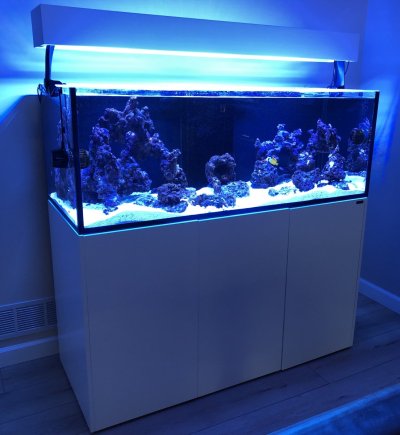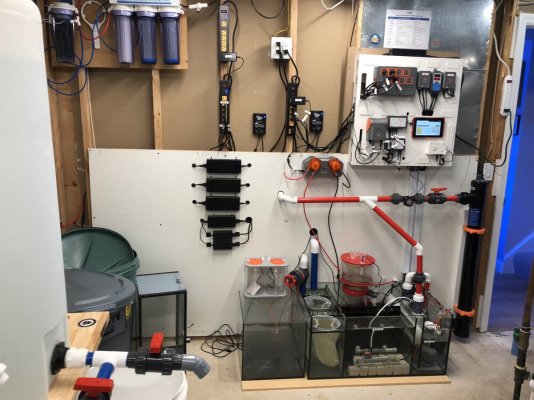Imo it does not only depend on new fish added, but also/rather on the increased feeding.
If you add new fish AND you massively increase feeding compared to what you fed before AND your biofilter was at its limits, then it shows up quite fast, in a day or so and can still go up on the second day.
As you did a much better job with cycling than me ever and your tank is quite big I am not sure what you should see, maybe nothing at all.
But I think there is absolutely no harm in testing it. I actually like to continously monitor it with a 7$ seachem ammonia badge, so I do not even have to do anything to test it, just move my eyeballs and process the incoming photons.
If you dont test now when tank is new and you still add fish and then you dont test cuz tank is old, then when you will use your test kit?
Measure it.
If you add new fish AND you massively increase feeding compared to what you fed before AND your biofilter was at its limits, then it shows up quite fast, in a day or so and can still go up on the second day.
As you did a much better job with cycling than me ever and your tank is quite big I am not sure what you should see, maybe nothing at all.
But I think there is absolutely no harm in testing it. I actually like to continously monitor it with a 7$ seachem ammonia badge, so I do not even have to do anything to test it, just move my eyeballs and process the incoming photons.
If you dont test now when tank is new and you still add fish and then you dont test cuz tank is old, then when you will use your test kit?
Measure it.
Last edited:





















